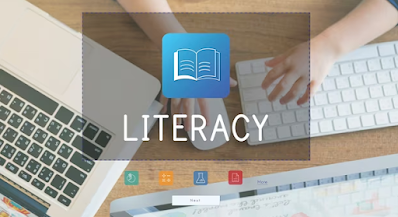The benefits of flipped learning in the classroom
The benefits of flipped learning in the classroom
Flipped learning is a teaching method that has gained popularity in recent years, and for good reason. This approach to education has proven to be an effective way to engage students and improve their learning outcomes. Flipped learning is a teaching model where students learn the lesson content outside of the classroom and come prepared to actively engage in group discussions and problem-solving activities during class time. This blog will explore the benefits of flipped learning in the classroom.
- Promotes active learning
Flipped learning is an active learning strategy that promotes student engagement and participation. Instead of passively listening to a lecture, students watch videos, read articles, or engage in other multimedia content before class. This method allows students to come to class prepared to discuss the material and participate in group activities.
- Enhances student-teacher interaction
In a traditional classroom, teachers often have limited time to interact with each student. Flipped learning creates opportunities for teachers to engage with students individually or in small groups. This method allows teachers to personalize their instruction and provide feedback on a more regular basis.
- Encourages peer-to-peer collaboration
Flipped learning promotes collaboration among students. During class time, students work together in small groups to apply what they learned outside of the classroom. This method encourages students to share their knowledge and skills, work through problems together, and build stronger relationships with their classmates.
- Increases student motivation and engagement
Flipped learning can increase student motivation and engagement. When students are actively involved in the learning process, they are more likely to retain information and take ownership of their learning. This method allows students to explore concepts in a more interactive and engaging way, which can lead to greater understanding and retention of information.
- Improves student achievement
Flipped learning has been shown to improve student achievement. Students who engage in flipped learning have been found to perform better on tests, retain more information, and demonstrate a deeper understanding of the material. This method provides students with more opportunities to practice skills and apply concepts in a collaborative and interactive learning environment.
In conclusion, flipped learning is an effective teaching method that promotes active learning, enhances student-teacher interaction, encourages peer-to-peer collaboration, increases student motivation and engagement, and improves student achievement. By flipping the traditional classroom model, educators can create an environment where students are actively involved in their learning and are better prepared to succeed in the classroom and beyond.




Comments
Post a Comment